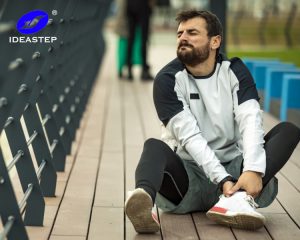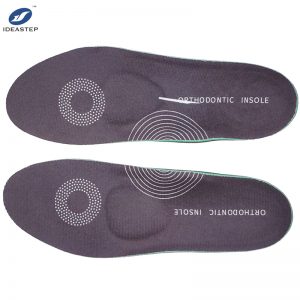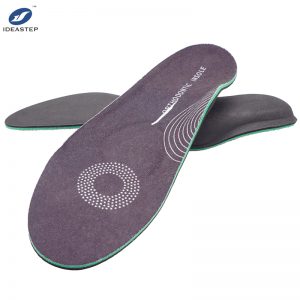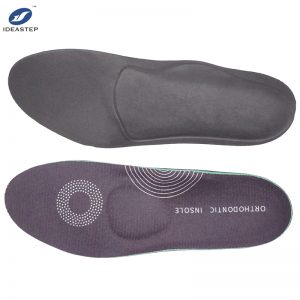Foot and gait data collection

Collect foot pressure data under natural walking state
The mechanism of orthopedic insoles in several diseases:
One: Patronous membraneitis: After applying orthopedic insoles, it clearly relieves the tension of the metatarsal tendon membrane and reduces its strain, thereby achieving the purpose of eliminating local inflammation and relieving pain.
Two: Heel bone spurs: After applying orthopedic insoles, the underground stress is distributed again, reducing the weight of the heel, reducing the local stimuli, and also achieved the purpose of eliminating local inflammation and relieving pain.
Three: Achilles tendinitis: In addition to the squeezing and rubbing of the shoe, most patients have ankle distortion, which causes the abnormal stress of the Achilles tendon attachment point. After applying an orthopedic insole, the ankle twist is corrected, so that the Achilles tendon is normal, and the longitudinal Achilles tendonitis can heal itself.
Fourth: Patriaidal pain and pain (Pain Pad): After applying an orthopedic insole, reshape the arch to make the soles of the feet be evenly distributed, reducing the stress of the forefoot. There is also an orthopedic insole with a horizontal bow support pad, which can reshape the horizontal bow and increase the collapsed metatarsal bone head to varying degrees. This can not only effectively relieve the pain of the forefoot, but also slowly soften the painful body until it disappears.
Fifth: Habitat ankle sprains: patients with habitual ankle sprains not only have imbalances of ligament forces on both sides of the ankle joints, but some even have tilt from the bone joint surface. After the application of orthopedic insoles, not only can we balance the force of the ligament on both sides of the ankle joint, but also, it can improve the tilt angle of the osteochorite surface, thereby achieving the purpose of preventing the ankle sprains.
Six: TARsometatARsal arthritis and tarsal arthritis pain: TARsometatarsal arthritis and tarsal arthritis, in addition to the foot muscle, ligament aging, its ability to maintain the structure of the tarsal joint is weakened, making it more prone to strain, in some people, there is a disorder or loosening of the structure of the tarsal joint. After the application of orthopedic insole, the insole can stabilize the joint structure by supporting the arch of the foot, thus causing traumatic inflammation and eliminating the clinical pain symptoms.
Seven: Preventing the occurrence of elderly degenerative bone joint disease (knee joint, hip joint, lower waist): long -term wearing orthopedic insoles can improve the lower limb force line, balance the joints of the joints, adjust the walking gait and posture, thereby thus, thereby The role of preventing elderly osteothalation.
Eight: Elbrae Curginement: The worsening of the toe renewal is mainly due to the pulling of the sole muscles. After the application of orthopedic insoles, it can effectively alleviate the power of the sole muscles, thereby achieving the role of delaying the extension of the toe to the toe. Essence
In short, orthopedic insoles can be applied to many ankle diseases. Compared with different people and different stages of life, foot pressure distribution is uncertain. Therefore, the preparation of insoles requires individualization, just like us with glasses, it needs to be tailored.



For more information, please visit https://www.aideastep.com/custom-orthotic/
